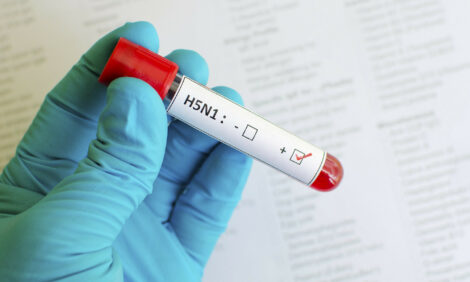



Decisions, decisions: Which gut health strategies should be used when?
As the poultry industry moves to limit antibiotic use, alternative measures to support gut health are now common practice. But according to an expert, more guidance is needed with respect to which strategies to use under which circumstances.Filip van Immerseel, PhD - a professor at Ghent University in Belgium - told Poultry Health Today that when chicks hatch, there are virtually no intestinal microbiota. This leaves them highly susceptible to intestinal pathogens such as clostridia and Escherichia coli, making it critical to colonize the gut with healthy bacteria in the first days of life.
Many producers now use early-intervention measures, such as competitive exclusion products and probiotics, to promote the growth of beneficial gut bacteria and keep pathogens at bay, van Immerseel said. These feeding strategies also contribute to a better host-microbiota interaction, he added, resulting in better digestion of nutrients and improved feed conversion.
However, a major challenge facing producers is knowing which strategies to use and when.
“Basically, the reason is that there are so many different additives on the market and they don’t really see which one is beneficial and which one is not,” he explained.
“So, I think there is a very clear need to develop novel feed additives with very specifically defined modes of action — to develop products, but on a science-based method [so] you can explain to people what these compounds are doing, how they are working and under which specific circumstances.”
To help producers decide how best to help their flocks establish and maintain gut health, research should focus on general gut-health diagnostics, van Immerseel said.
“What we need in the future [are]…easy-to-identify markers for gut health and inflammation, which has a correlation with animal performance. These could be used on fecal matter from flocks to get some idea of gut-health status at 10 days of age that will predict how the animal performance will be at the end,” he said.
“I think that’s really some kind of holy grail that people are seeking. A lot of people are trying to develop these kinds of markers that would also help the development of feed additives - because then people have some kind of tool to assess whether the compounds they’re using are working very well or not.”









